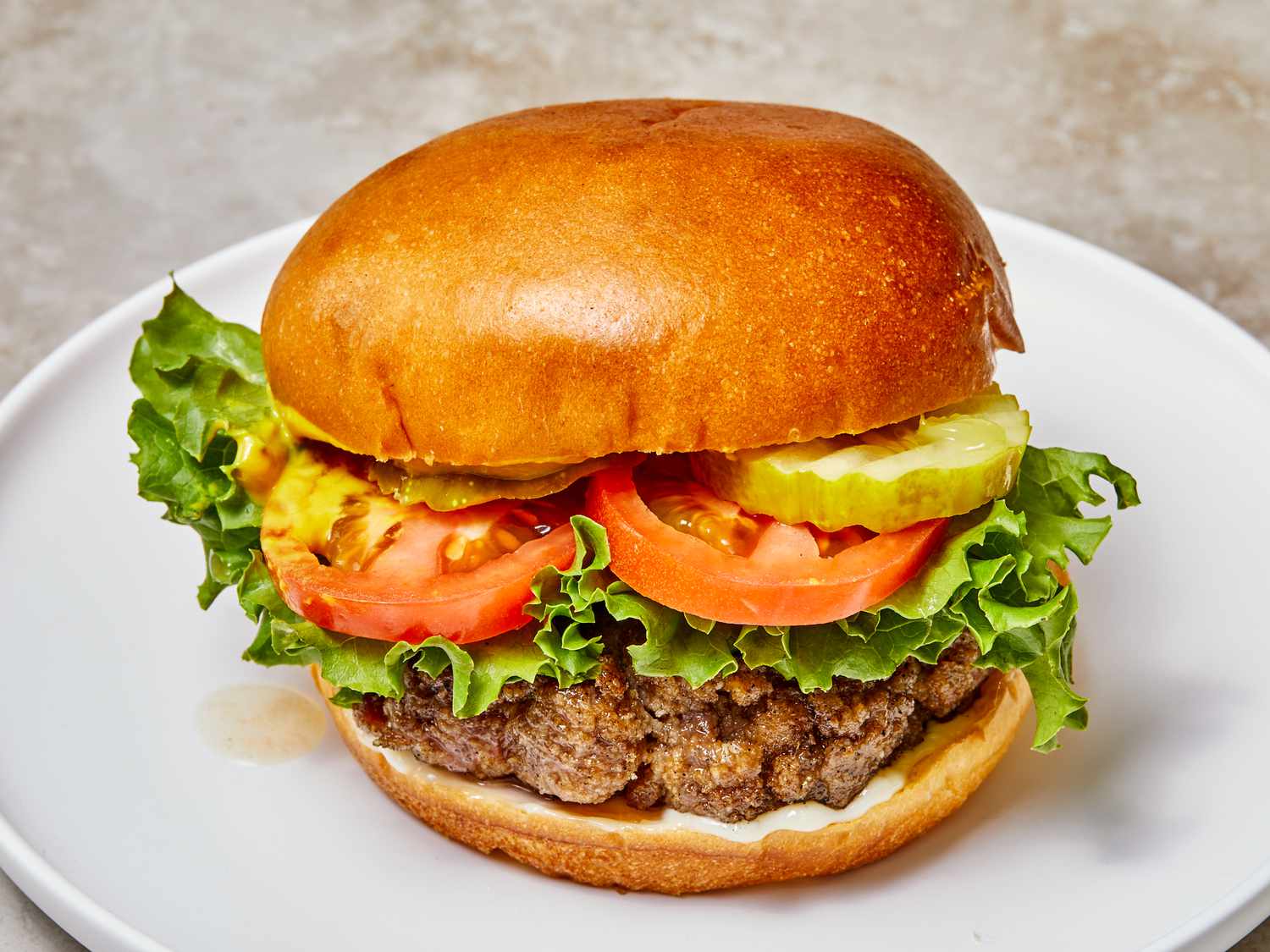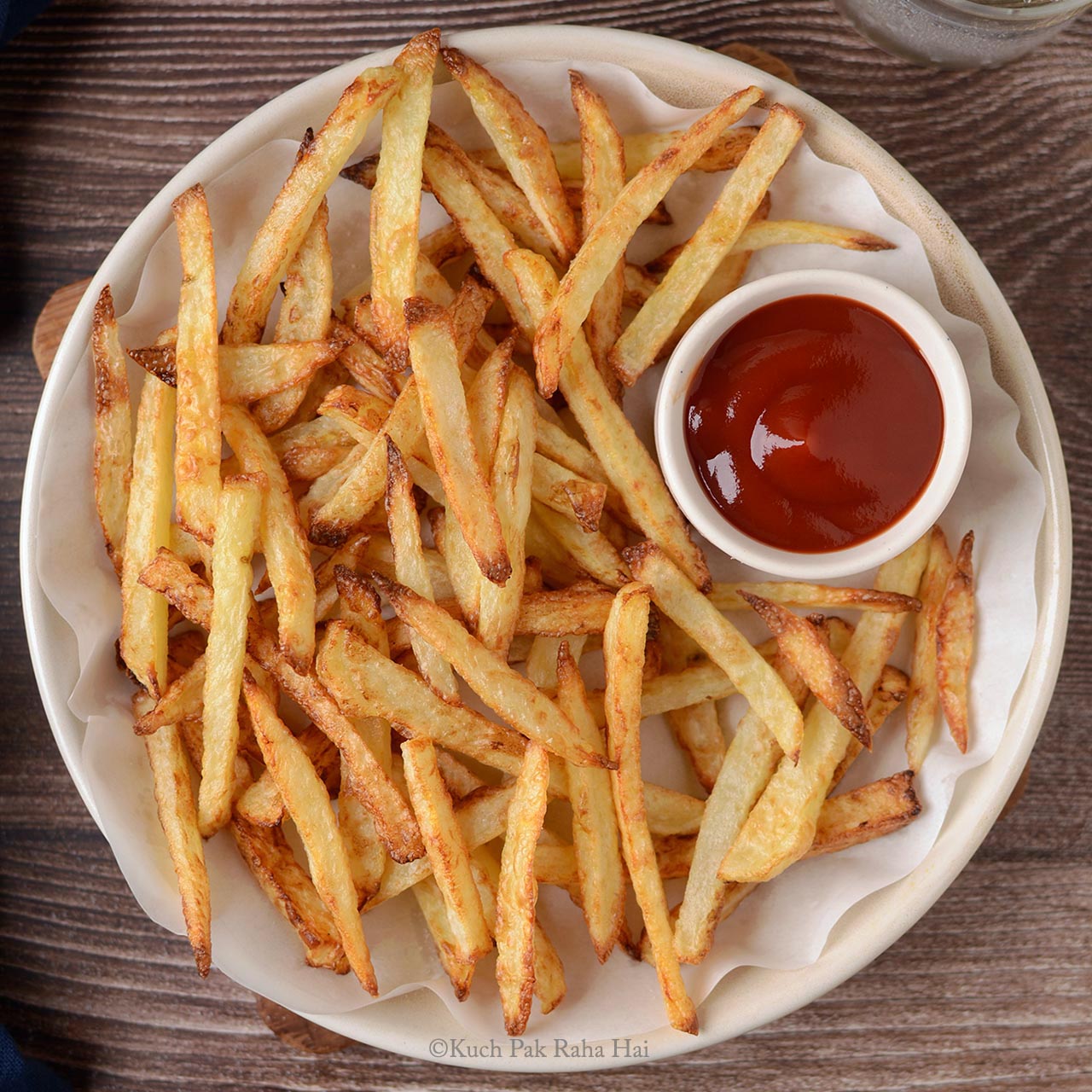
The Ultimate Guide to Making Delicious Homemade Hamburgers

Hamburgers are a beloved staple of American cuisine, known for their juicy beef patties, soft buns, and endless possibilities for toppings. Whether enjoyed at a summer barbecue, a casual dinner, or a gourmet restaurant, the hamburger remains a symbol of comfort and satisfaction. But making the perfect hamburger at home is an art that requires attention to detail, quality ingredients, and a little bit of creativity. In this comprehensive guide, we’ll walk you through everything you need to know to make mouthwatering hamburgers from scratch. From selecting the best meat to mastering the grilling process, we’ll cover it all, along with tips for crafting delicious toppings and assembling your burger to perfection. The Origins of the Hamburger The history of the hamburger is as rich and varied as the dish itself. While the concept of placing a beef patty between bread has roots in various cultures, the modern hamburger as we know it today is believed to have originated in the United States in the late 19th or early 20th century. It quickly became popular due to its convenience, flavor, and adaptability, making it a favorite across the globe. Ingredients for the Perfect Hamburger For the Patty: Ground Beef: 1.5 pounds of ground beef (preferably 80% lean, 20% fat) Salt: 1 teaspoon Black Pepper: 1/2 teaspoon Garlic Powder: 1/2 teaspoon (optional) Onion Powder: 1/2 teaspoon (optional) For the Bun: Hamburger Buns: 4 large, soft buns (brioche or sesame seed buns work great) Butter: 2 tablespoons (for toasting the buns) For the Toppings: Cheese: 4 slices of cheddar, American, or Swiss cheese Lettuce: Fresh, crisp leaves (romaine or iceberg) Tomato: 1 large tomato, sliced Onion: 1 red or white onion, sliced into rings Pickles: Dill pickle slices Ketchup: To taste Mustard: To taste Mayonnaise: To taste Bacon: 4 slices, cooked until crispy (optional) Avocado: Sliced (optional) Fried Egg: 1 egg per burger (optional, for a gourmet twist) Step-by-Step Guide to Making Hamburgers 1. Choosing the Right Meat The foundation of a great hamburger is the patty, and the key to a juicy, flavorful patty is the right meat. Ground beef with an 80/20 ratio of lean meat to fat is ideal. The fat content ensures that the patty remains moist and flavorful during cooking. You can also experiment with blends, such as mixing ground chuck, brisket, and short rib for a richer taste. 2. Preparing the Patties Start by dividing the ground beef into equal portions, usually around 6 ounces per patty. Gently shape the meat into round patties, about 3/4 inch thick. Avoid overworking the meat, as this can make the patties tough. Once shaped, use your thumb to create a small indentation in the center of each patty. This helps the patty cook evenly and prevents it from puffing up during grilling. 3. Seasoning the Patties Season both sides of the patties generously with salt and pepper. If you like, you can also add a sprinkle of garlic powder and onion powder for an extra layer of flavor. Seasoning is best done just before cooking to retain moisture in the meat. 4. Cooking the Patties You can cook hamburgers on a grill, stovetop, or even in an oven. Here’s how to do it on a grill: Preheat the Grill: Heat your grill to medium-high, around 375-400°F (190-200°C). Make sure the grates are clean and lightly oiled to prevent sticking. Grill the Patties: Place the patties on the grill and cook for about 4-5 minutes on the first side, without pressing down on them. Flip and cook for another 3-4 minutes for medium doneness. Adjust the cooking time if you prefer your burgers more or less done. Add Cheese: If you’re making cheeseburgers, add a slice of cheese to each patty during the last minute of cooking. Close the grill lid to allow the cheese to melt. For stovetop cooking, heat a cast-iron skillet over medium-high heat and follow the same cooking times as grilling. For oven cooking, preheat to 375°F (190°C) and bake the patties on a baking sheet for about 20 minutes, flipping halfway through. 5. Toasting the Buns While the patties are cooking, you can prepare the buns. Spread a thin layer of butter on the cut sides of each bun. Place the buns cut side down on the grill or in a skillet over medium heat. Toast for 1-2 minutes until they are golden brown and slightly crispy. Toasting adds texture and helps prevent the buns from getting soggy. 6. Assembling the Hamburger Once the patties are cooked and the buns are toasted, it’s time to assemble your burgers. Start by spreading your preferred condiments on the bottom half of the bun. Layer on lettuce, tomato slices, and pickles. Place the patty on top, followed by onion rings, bacon, or any other toppings you desire. Top it off with the other half of the bun. 7. Adding a Gourmet Twist For a more gourmet experience, consider adding avocado slices, a fried egg, or even caramelized onions. These toppings add richness and complexity to your burger, making it a truly indulgent treat. 8. Serving Your Hamburgers Serve your hamburgers hot, with a side of crispy French fries, onion rings, or a fresh salad. You can also pair your burger with a cold beverage like soda, iced tea, or even a craft beer. Tips for the Perfect Hamburger 1. Don’t Overwork the Meat: Handling the meat too much can result in tough patties. Be gentle when forming the patties and avoid pressing down on them while cooking. 2. Keep the Grill Lid Closed: Closing the grill lid helps maintain a consistent temperature and ensures that your burgers cook evenly. 3. Let the Patties Rest: After cooking, let the patties rest for a couple of minutes before assembling the burgers. This allows the juices to redistribute, making the burgers juicier. 4. Experiment with Toppings: While the classic toppings are always a hit, don’t be afraid to get creative. Try adding sautéed mushrooms, different cheeses, or even a slice of grilled pineapple for a unique twist. 5. Use Fresh Ingredients: The quality of your ingredients makes a big difference. Use fresh lettuce, ripe tomatoes, and high-quality beef to ensure the best flavor. Nutritional Information and Health Considerations Hamburgers can be part of a balanced diet when enjoyed in moderation and with mindful choices. Opting for leaner beef, whole-grain buns, and plenty of vegetables can make your burger healthier. You can also use ground turkey, chicken, or plant-based patties as alternatives to beef. Calories: A basic hamburger with a beef patty, bun, and standard toppings contains around 500-700 calories. Adding cheese, bacon, or extra sauces increases the calorie count. Protein: Hamburgers are an excellent source of protein, providing about 20-30 grams per serving, depending on the size of the patty. Fat: The fat content varies based on the type of meat used. Ground beef with 20% fat is higher in calories and saturated fat, but it contributes to the burger's juiciness. Carbohydrates: The bun is the main source of carbohydrates in a hamburger, contributing around 30-40 grams per serving. Whole-grain buns are a healthier option, offering more fiber. Conclusion Hamburgers are a versatile and universally loved dish that can be customized to suit any taste. Whether you prefer a simple cheeseburger or a gourmet creation loaded with unique toppings, the key to a great burger lies in quality ingredients and careful preparation. By following the steps outlined in this guide, you can create delicious, restaurant-quality hamburgers right in your own kitchen. So fire up the grill, gather your favorite toppings, and enjoy the satisfaction of making the perfect hamburger from scratch. Remember, the best hamburgers are the ones made with care, creativity, and a love for good food. Enjoy!
